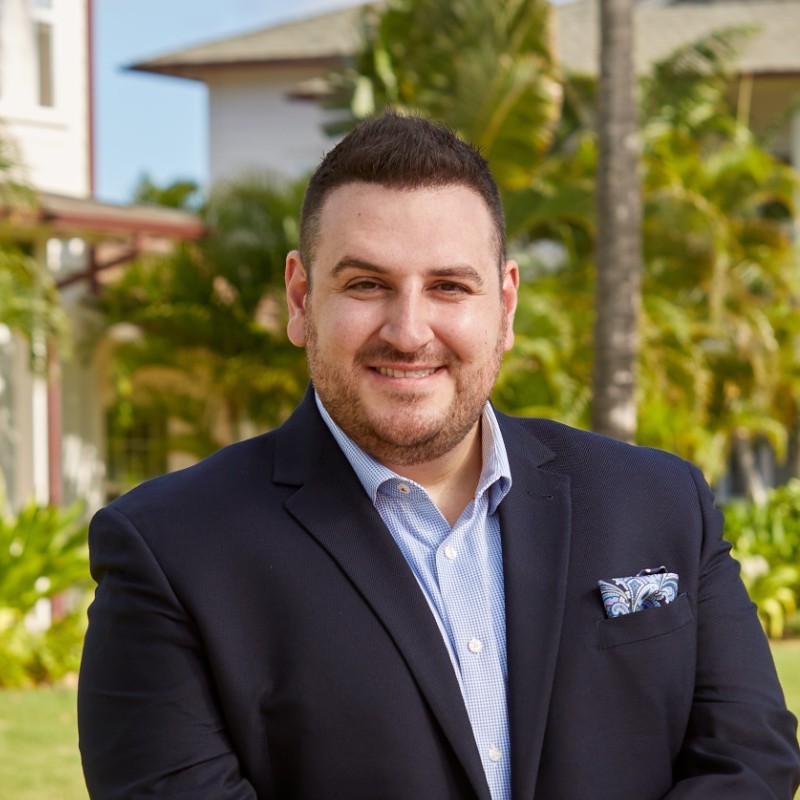The Federal Reserve (also known simply as the Fed) raised the federal funds rate on Wednesday, announcing a spike of 75 basis points to 3%-3.25% and bringing it back to a level not seen since March 2008. The news of the rise was previously reported by RMD sister site HousingWire.
The reverse mortgage industry can react to the change in interest rates in several different ways, and repercussions from the change can ultimately affect the way that reverse mortgage companies conduct business as well as the ways in which borrowers may interact with a new or existing reverse mortgage loan.
To better understand the potential impacts this move could have on the reverse mortgage business, RMD reached out to professionals at different levels to assess the potential impact this could have on business in the short-to-mid term.
Analysts and educators: perspective is key
For reverse mortgage industry analysts and educators, the order of the day is remaining focused both on how borrowers’ motivations could change from this news, as well as doing what is in the borrowers’ best interest in a changing rate environment.

“I think it’s important that reverse originators focus on where the likely motivations for new borrowers are in this news,” says John Lunde, president of Reverse Market Insight (RMI). “Interest rates are going up because inflation is already high and staying high longer than the Fed originally projected. While the housing/rent part of that isn’t affecting our new borrowers, the effect is widespread enough that they are definitely feeling it elsewhere and that will push a search for increases in cash flow that a reverse mortgage can help solve.”
On the forward side, originators have moved away from refinances and is largely focused on purchase and equity lending. This could have benefits for reverse as well, he says.
“Purchase and equity lending both work better with reverse today than a year ago given less frantic timelines on the purchase business, and relatively unattractive forward mortgage comparisons for purchase loans,” he says. “HELOCs are one of the most direct comparisons to reverse mortgages available, so every age-eligible household considering a HELOC or home equity loan should absolutely compare it to a reverse mortgage. That has to be the mindset of reverse originators in this market.”
Additionally, the 10-year Constant Maturity Treasury (CMT) rate likely indicates that reverse mortgage refinances will continue to decline, so maintaining a focus on new borrowers remains critical, Lunde says.

It’s also important to keep perspective regarding the way originators can best insulate borrowers from the economic impacts that could come from a rate change, particularly regarding the pace at which a reverse mortgage moves ahead. This is according to Dan Hultquist, national reverse sales training director at Fairway Independent Mortgage Corp.
“Every week, we tell loan originators the same thing: it doesn’t pay to wait,” Hultquist says. “Don’t sit on these proposal packages. Get the application signed, because that’s what’s going to protect the borrowers’ interests. We’ve encouraged people — without creating an undue sense of urgency — that you need to get the application.”
Originators being proactive about advising their borrowers of a rate change helps to ensure client interests are protected, he says, even though long-term rates appear less affected by shorter-term rates. Even at higher rates, though, it’s worth keeping in mind that a reverse mortgage can remain viable, he says.
“Someone asked me, what if interest rates go up to 8%? Using my app, within 10 seconds, I said it still works,” he says. “So yes, there are marginal decreases in the principal limit when expected rates rise. But even if expected rates go up to 8%, the loan still works, and you want to do what’s in the best interest of the client by locking in lower expected rates.”
Origination: advise, advise, advise
A rise in rates may not be as disruptive for a reverse mortgage client as it is for a forward mortgage client, but it comes with its own concerns in reverse according to Steven Sless, reverse mortgage division president at Primary Residential Mortgage, Inc.

“While most reverse mortgage borrowers tend not to be rate-sensitive given the void of a mandatory mortgage payment, a high-interest rate environment is concerning to our leadership team as we navigate this ever-changing marketplace,” Sless told RMD. “The rise in the expected rate in particular and the direct correlation to lower PLFs has certainly resulted in a drop off in how many borrowers can now qualify for a reverse mortgage from an equity position.”
That’s why it’s important to both keep borrowers properly informed, and to ensure that LOs don’t stray too far outside of what they actually have control over, Sless says. Market opportunity still remains high, and there are things that reverse mortgage professionals can do.
“For our borrowers who may be concerned about the rising rate environment, we have adopted a saying which is ‘rent the rate,’” Sless says. “[That means] the rate is short term, particularly with most reverse mortgage loans having adjustable rate terms and the lack of ‘payment shock’ risk. We point out the benefits to their overall nest egg and empower them to make a decision that is not based on rate alone, but rather the impact to their retirement portfolio.”

At reverse mortgage lender Ennkar, branch manager Omar Ennabe says that the quick spike in interest rates is conducive to informing both its employees and borrowers of exactly what Hultquist described: not to wait before locking in an application.
“If rates improve, borrowers can usually refinance,” he says. “But if they continue to rise, waiting may disqualify them as principal limits work in the opposite direction of the interest rates. Many more people will not qualify in the future. It’s important to make sure our clients understand this when making a decision to hold off or pull the trigger on this big life decision.”
All things considered, Ennabe remains encouraged about business prospects even if the rate environment has slowed things down a bit.
“We have certainly seen a shift in how reverses are discussed in the senior community,” he says. “When I got into the space, I recall people being embarrassed to tell their friends they were in a reverse. Today, our primary source of leads is referrals from existing clients.”





